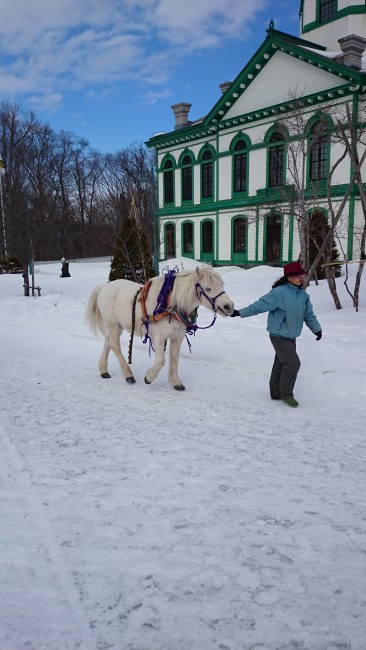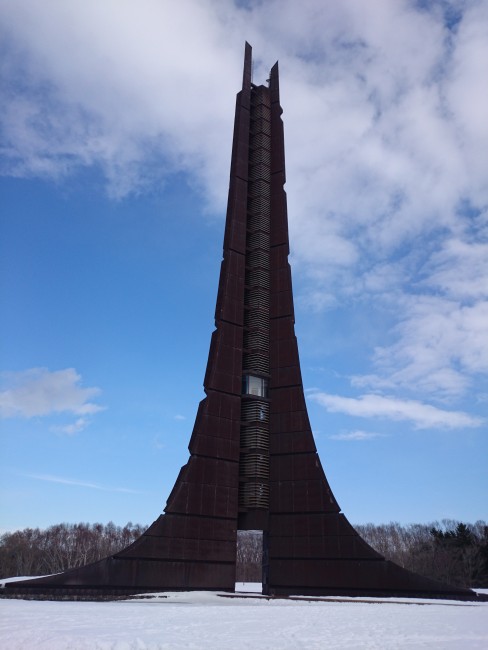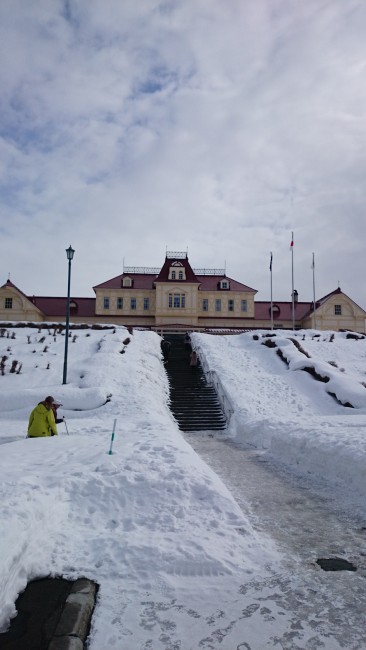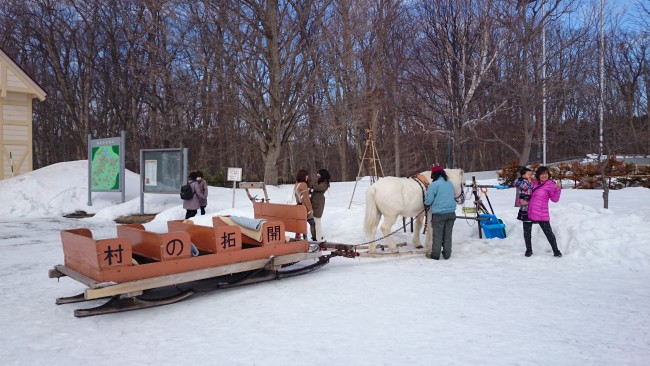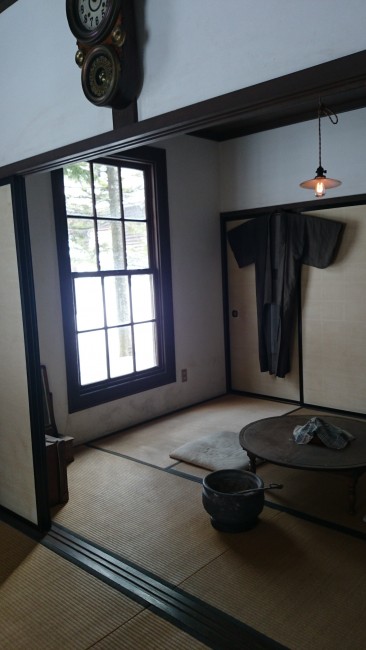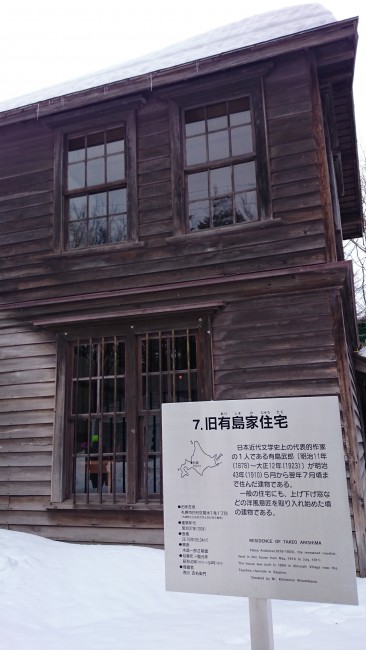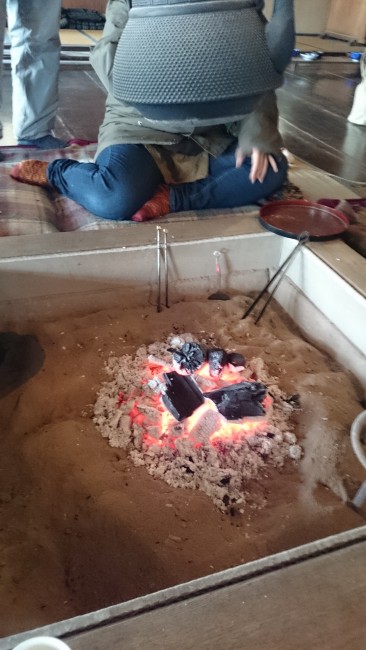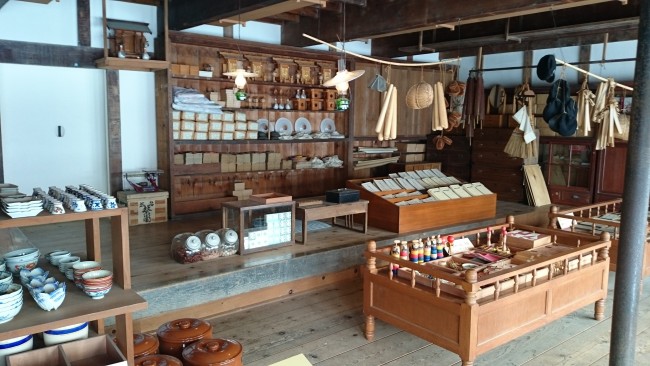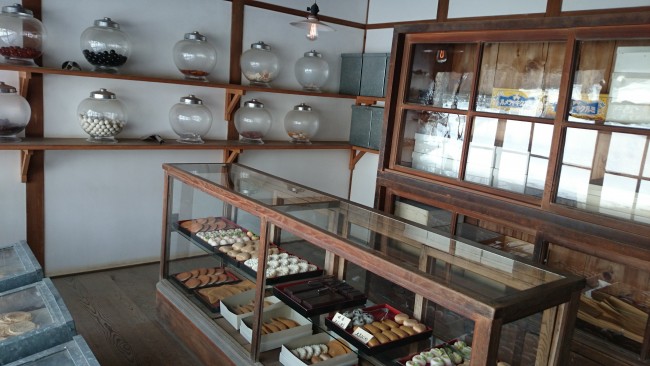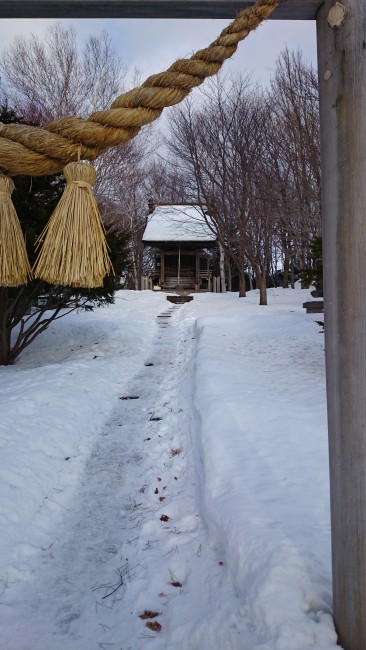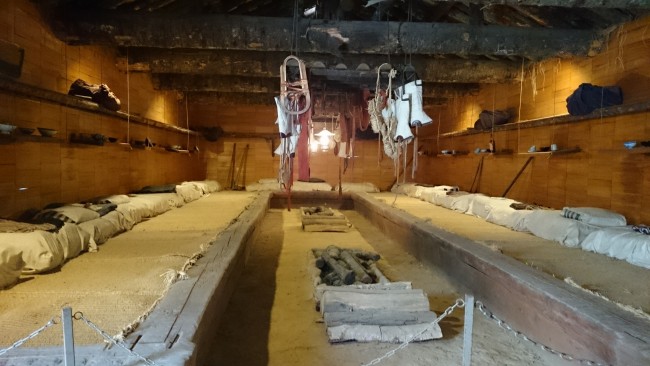Hokkaido Open Air Museum
Hokkaido is Japan’s second largest and most undeveloped island. The biggest city is Sapporo, and it is here that we find the Hokkaido open air museum called the Historical Village of Hokkaido (Kaitoku no mura). The museum is located outdoors, and showcases the many different architecture of the island. There is also the Historical Museum of Hokkaido Village (Kaitaku Kinenkan), which is just a ten minute walk from the open air museum.
Scattered throughout the park in which it is located, the museum is made up of many buildings. The buildings are authentic buildings that have been donated and moved to the museum, making the fact that we can enter them much more interesting.
Hokkaido Village Museum : How to Get There
To reach the Hokkaido Open Air Village Museum, take a train from Sapporo station to Shinrin Koen station. It is a very short ride and the ticket is 260yen. A short walk from the station will get you to the Nopporo Forest Park, where the museum is located.
Hokkaido’s Centenary Statue
On your approach from a distance away you should see this ‘half-life’-esq tower sticking out from the trees. This tower is called the Centennial Memorial Tower. It was built in 1970 to celebrate Hokkaido’s Centenary. There is a viewing room, but it is only about 25 meters high. Still, as Hokkaido is not really a land full of skyscrapers, the view is nice.
Take a Snowy Walk Through the Village Museum
Nopporo Forest Park is quite large at 20 odd kilometers squared, but the walk from Centennial Memorial Tower to the Museum is pretty short. It is nice to wander around the park in winter as the trails can be enjoyed leisurely on skis. If you are on foot though, certain sections are really icy so please take care when walking.
Once we reach the museum, the entrance welcomes you grandly. It is quite grand is it not? That is because the museum literally starts at the entrance. The building you see here is actually the original Sapporo JR station building that was built in 1908 and used until 1952.
Winter Time Visits
If you are visiting in winter, as you exit the station building there are some snow walking shoes. These can be used and are free of charge so help yourself and zoom around the sidewalks! It is a great deal of fun. To the left is the starting point for a horse and carriage that you can take a ride along the main street. This is a real good way to get into a historical frame of mind and also, if you understand Japanese, to have a tour guide provide you with some information along the way.
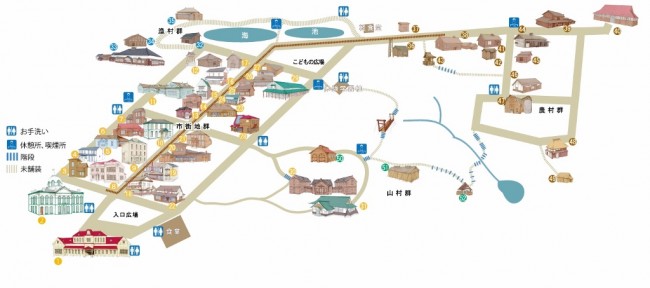
Hokkaido Open Air Museum: Sections to See
The museum grounds are quite large and there is a lot to see, so I think it is best to do it leisurely. If you are coming in winter, the skis really help and just getting around is fun anyway. As you can see on the map, there are four sections to the museum. The first is the town section. Then up on the top left is a fishing village. The right side is a rural section with old farm buildings and the like. Finally the middle section has a mountain theme.
The inside of the buildings are set up to look like what they would have been when they were in use. This really adds to the village feel and makes the museum feel authentic and alive, unlike many other museums.
Additionally, the buildings have information boards in English. Whilst the translations are not as detailed as they are in Japanese, you can still learn some history here and get an idea of what the building is before entering it.
Heading up the fishing village, I was invited to sit by the fire and enjoy a warm cup of tea and join in the conversation. It was a very friendly and interesting experience. The people working at the museum really know many things about the history of Hokkaido.
The old village shops are presented fully stocked. The candy shop is interesting as you can see all the types of sweets that the pioneers of Hokkaido enjoyed. Located at (24) on the map, the candy shop was made by a Mr. Oishi. I wonder if that was his real name, because “oishii” is the Japanese word for delicious. I am sure the founders of Hokkaido could cope with the hard fight against the inclement weather with the help from “Mr. Delicious’ candy!
In the farm area (43) there is a Shinto shrine. During autumn, you can see a harvest festival here.
Hokkaido in the Past
Many of the migrants to Hokkaido in the pioneering days were the very poor and destitute from the mainland, who came seeking a new chance. As such, they often found work in the town and village as farmers and slept in these big communal huts. I think it must have been very cold. Their lives before coming to Hokkaido must have been tough but I wonder if it got any better after they came to Hokkaido.
Open Air Museum Cafe
After all that walking, you are probably a little hungry? Fortunately the museum has a good cafe with decent prices. Located to the right of the entrance building, it is open until the last half an hour before the museum closes. The menu includes ramen and curry, but also something called “Genghis Khan”. Whilst this might seem completely out of place to you, it is actually because Hokkaido’s mascot is a sheep named Genghis Khan. For sweets, the museum sells a Hokkaido specialty called imomochi(いももち). Imomochi is a type of mochi (a Japanese rice cake), but made from potatoes instead of the usual rice. It has a medium crisp texture and is very delicious. You can eat it then and there or get a souvenir packaged version.
As you can see from the map, there are many spots to see and experience at the Hokkaido Historical Museum, so if you are interested the historic village, this is a great place to visit when in Hokkaido.
[cft format=0]


